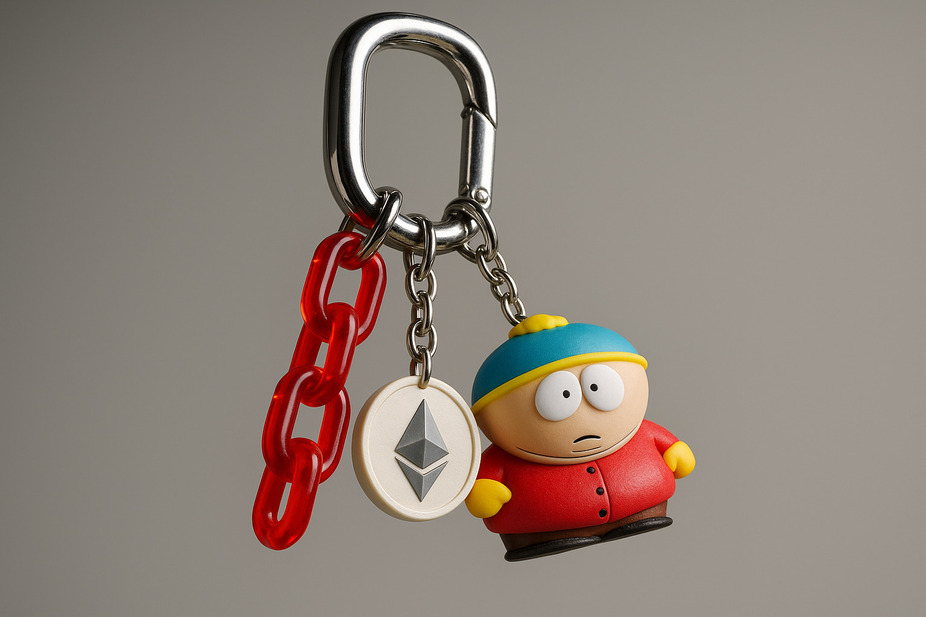Solana
Download Ironwallet app and get tool for making transaction without network fee
About Solana
Cryptocurrency continues to innovate, and one newcomer is Solana. It takes an inventive approach to blockchain technology, improving transaction speeds and scalability. Solana’s unique features and potential – handling a vast number of transactions quickly – enables a paradigm shift in the crypto market. It presents a promising solution to the challenges in the current system, and there’s a growing interest from many investors. In examining Solana’s value, it’s intriguing to think of its future possibilities as more people recognize its potential. However, tread with caution, and consider that alongside reward comes risk.
What Is Solana Cryptocurrency?
Solana is a new entrant in the bustling realm of cryptocurrency, possessing functionality and operability that distinguishes it from its peers. It’s an open-source project based on blockchain technology that facilitates quick, secure, and decentralized transactions. The lifeblood of Solana is Solana coin (SOL), a native cryptocurrency that ensures seamless operation of the Solana ecosystem. It’s designed with the intent to address the scalability issues that plague several blockchain platforms, thereby facilitating fast and cost-effective transactions. The ingenious mechanism behind Solana includes a unique consensus algorithm, Proof of History.
This algorithm creates a chronological record of transactions, which accelerates transaction processing and verification. Powered by high-speed protocols aiming to democratize finance and dethrone centralized intermediaries, Solana is carving its own niche in the digital currency landscape. SOL is the new player looking to establish itself in an increasingly crowded crypto market, providing a blockchain solution that is fast, dynamic, and built for scalability. There’s a lot for the tech-enthusiast and the investor alike to anticipate in this novel blockchain platform.
History of Solana
Solana was founded in 2017 by Anatoly Yakovenko, who had previously worked at Qualcomm and Dropbox. The goal was to create a fast, scalable, and decentralized blockchain that could support a high throughput of transactions.
The Solana mainnet beta launched in March 2020. At launch, it demonstrated a capability of handling 50,000 transactions per second, which was much higher than other major blockchains like Bitcoin and Ethereum. This speed is enabled by Solana’s proof-of-history consensus mechanism.
In June 2020, Solana raised $3.14 million from investors to fund its growth. Over the next year, interest and adoption of Solana grew rapidly, thanks to features like fast speeds, low fees, and compatibility with Ethereum development tools.
In June 2021, Solana Labs raised $314 million led by Andreessen Horowitz and Polychain Capital. This helped push the market cap over $2 billion and made SOL a top 20 cryptocurrency. It reached a peak price over $250 in November 2021.
Key innovations like the Launchpad and Marketplace for NFT support have continued Solana’s momentum into 2022 and 2023. It remains one of the most actively developed blockchains with a focus on speed, scalability, cost, and usability with over 400 projects spanning DeFi, NFTs, Web3, and more built on it.
Opportunities and Features Of Solana
Solana is unique in its blockchain methodology, employing insightful solutions and technologies to offer scalability, sustainability, and security. Perhaps the most innovative of these is its Proof-of-History (PoH) consensus mechanism, a unique timestamp system that significantly accelerates transaction speed while maintaining security.
The network also utilizes a unique two-tier structure beneficial for small-scale investors as it’s cost-efficient and distinctly designed to process transactions rapidly, contributing to Solana’s objective of democratizing finance. Such Architecture as the Sealevel, that executes transactions in paralell, as well as Turbine, a block propagation protocol, make Solana highly scalable.
Then there’s the refreshing introduction of Starlight, a privacy-preserving payment channel, and Gulf Stream, a Mempool-less transaction forwarding protocol — they both showcase Solana’s innovative spirit. Importantly, Solana’s energy-efficient design presents an appealing prospect amidst growing environmental concerns tied to cryptocurrencies.
Ultimately, Solana’s distinctive features are founded on its emphasis on speed, scalability, and security, enabling a sustainable ecosystem for developers and investors alike. Therefore, Solana isn’t just another cryptocurrency; it’s a sophisticated blockchain network with unique technological advancements at its core.
SOL: The Native Token of Solana
As we move along with the rapid advances in technology, there is an emerging player that is reshaping the landscape of the cryptocurrency market – the SOL Crypto. This new entrant is not just an addition to the array of cryptocurrencies available today, but it is introducing a distinctly innovative perspective to how transactions can be processed in a decentralized way. Intrinsic to SOL Crypto’s performance is its breakthrough architecture. Powered by the Solana blockchain, SOL crypto offers unparalleled scalability, claiming up to 65,000 transactions per second- exceeding that of many established cryptocurrencies. This accelerates transaction speeds, all the while maintaining solid security and decentralization. Beyond just transactions, SOL also serves as a key player in staking and securing the protocol, and enabling participation in on-chain governance. Delving into the intrigues and complexities of the crypto market can be daunting, but it’s important to understand the technical foundations and innovations each player brings. This knowledge serves as our roadmap, guiding us to make more effective decisions and predicting the potentials in the market. SOL Crypto is indeed a promising player in reshaping our understanding of blockchain capabilities.
Buying and Trading SOL Crypto
Buying and trading SOL Cryptocurrency is similar to trading other cryptocurrencies, but with its unique attributes, one should have a comprehensive understanding of how it works. Before undertaking any transaction, it’s vital to first establish a proper digital wallet. This is where your SOL tokens will be sent, stored, and managed. Reliable exchanges like Binance, Kraken, or OKEx can be leveraged to buy your first SOL tokens using either fiat currencies or other cryptocurrencies. When buying, consider your investment plan and your risk tolerance.
The key to successful trading is understanding market trends and making informed decisions. It’s advisable to routinely review SOL’s market performance and any news that could impact its value. Technical analysis tools can further refine your predictions. Additionally, training and learning through platforms such as Investopedia or various online blockchain academies can definitely enhance your understanding besides actual trading experience.
Remember, the crypto market is volatile and does attract inherent risks. Hence, while SOL crypto offers significant potential, adopting a sound and well-informed trading strategy is crucial. This not only minimizes your risk but also positions you to seize potential opportunities efficiently. As always, security should be a paramount concern to prevent any undesirable outcomes.
How The Solana Price Is Determined
When it comes to Solana’s pricing, it’s critical to recognize the factors that influence it. The Solana ecosystem is one of many variables. As the Solana network continues to develop and more people use its platforms, the demand for SOL, its native token, is likely to increase. This could potentially drive up the price.
Next is market sentiment and investor behavior. In any market, perceptions can be immensely potent. If investors perceive positive developments in Solana or the wider crypto industry, they might make more aggressive investments, pushing up the price.
Also, wider economic factors can’t be overlooked. Just like traditional currencies, cryptos can be affected by macroeconomic dynamics, whether it’s an interest rate shift, a change in inflation rate, or even geopolitical events.
Lastly, the inherent tokenomics, including token supply and demand dynamics, also have a role. A limited supply, accompanied by a growing demand, could have a bullish effect on Solana’s price.
In sum, the price of Solana, like any cryptocurrency, is subject to a mix of internal network factors, market sentiment, larger economic forces, and its token-specific dynamics. It’s essential to consider these multidimensional aspects before making investment decisions.
Risks And Rewards Of Investing In Solana
Investing in cryptocurrencies like Solana inherently carries both potential rewards and risks. On one hand, Solana’s high scalability and speed can offer promising yields. Its groundbreaking proof-of-history consensus mechanism and innovations offer potentials for a brighter future, as Solana holds the possibility to process transactions faster than other existing cryptocurrencies. Such technological advancements can increase its adoption and consequently, boost its value.
On the other hand, the volatility and uncertainty associated with cryptocurrencies are notable risks. The dramatic price fluctuations of cryptocurrencies can lead to substantial losses. It’s also essential to note the regulatory uncertainties surrounding cryptos which could impact Solana’s performance and adoption rate. The digital asset’s newness and unproven track record add to the risk.
While Solana offers a unique and intriguing value proposition, it’s crucial to approach this, as with any investment, with a critical eye and balance of optimism with caution. Always remember that with potentially high returns, comes high risk.






















